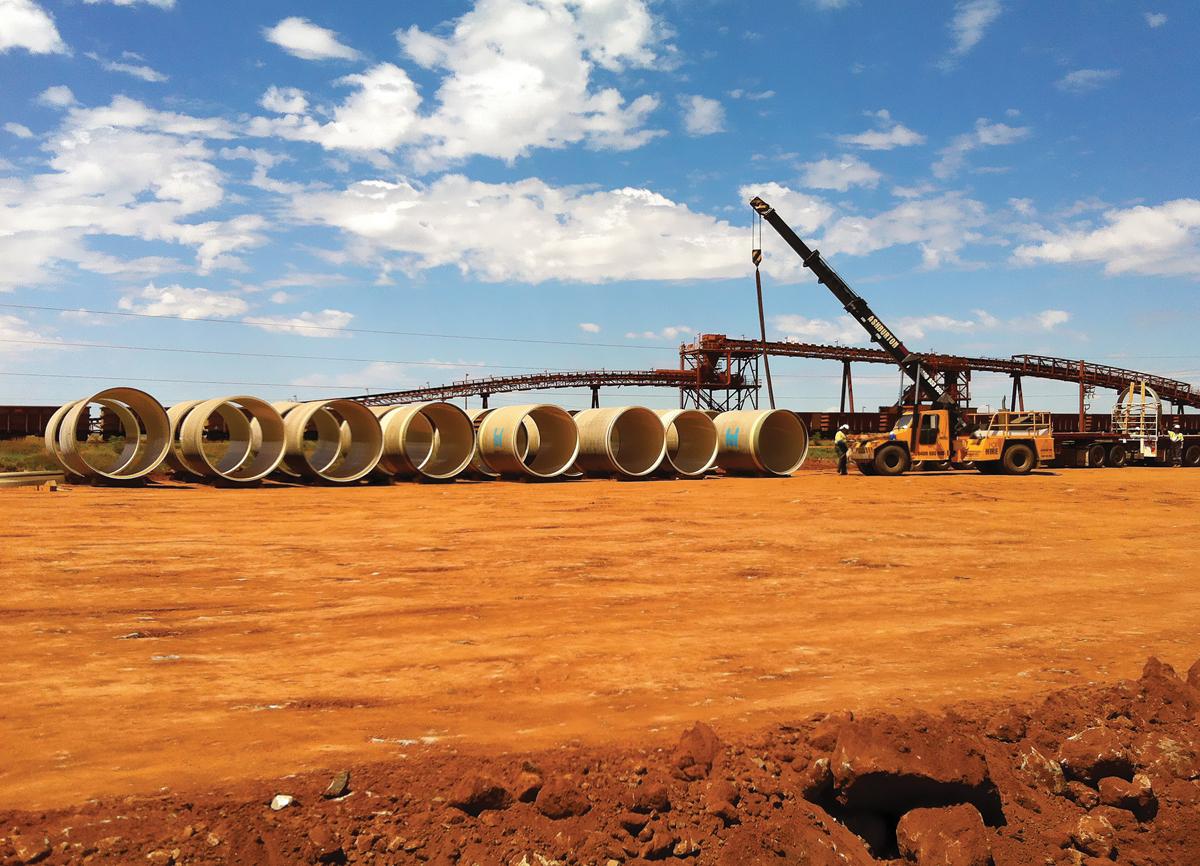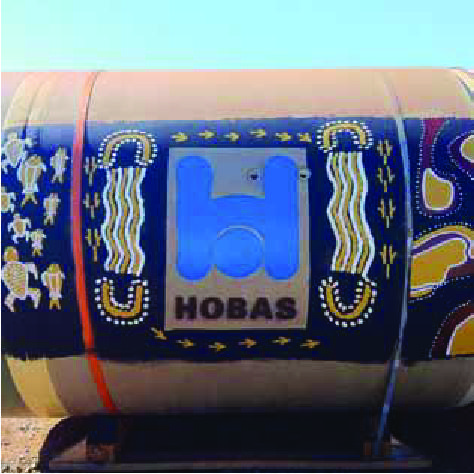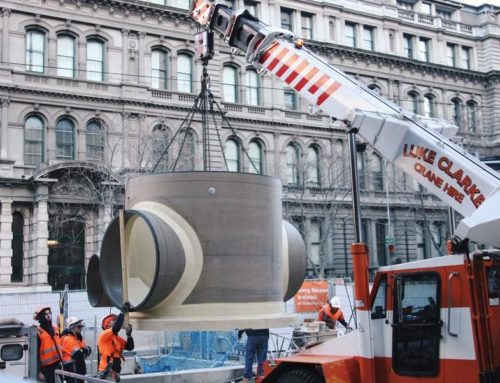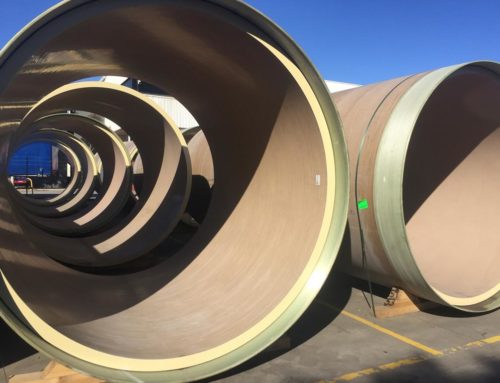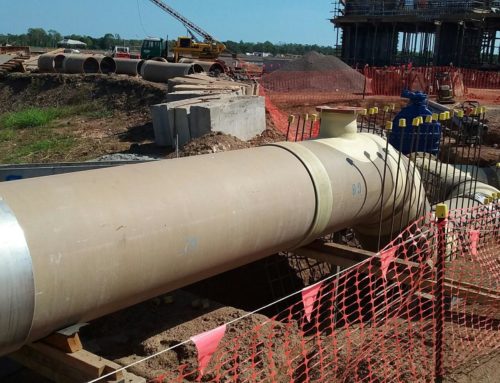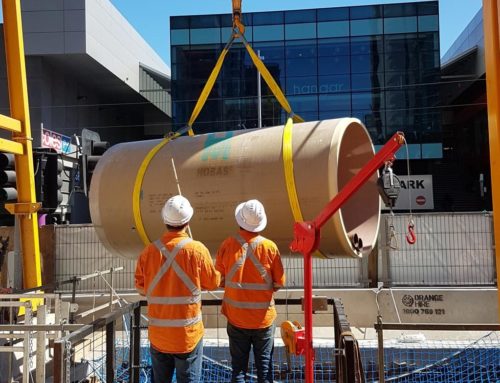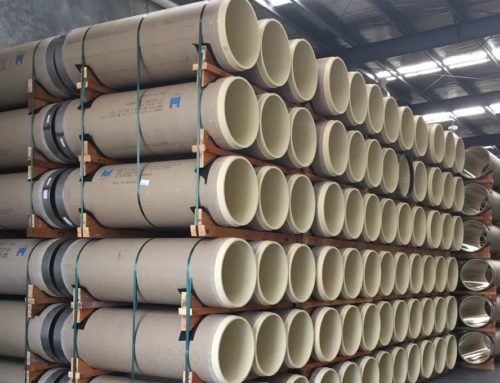Project Description
Rio Tinto Cape Lambert, WA
Asset Owner: Rio Tinto
Project Scope: HOBAS CC-GRP OD2250 Jacking Pipe: Global Pipe has helped maintain access to one of the world’s largest iron ore deposits by supplying 1km of pipe to Rio Tinto’s Cape Lambert.
Cape Lambert is currently undergoing an upgrade, which will see its capacity more than double by mid-2015. At the project’s completion, an estimated 200 million tonnes of iron ore will be exported per year from this port. An integral part of the upgrade project was the extension of the ‘Sam’s Creek’ drainage lines, which run under the existing rail lines allowing the release of stormwater during the wet season. The rail lines needed to stay in constant operation throughout the construction works in order to ensure the continual loading of ships.
Stopping the productivity was not an option, making trenchless installation the only choice. The designer of the new drainage culvert Sinclair Knight Merz planned two rows of 2100 mm internal diameter pipes with approximately 100 meters long each. HOBAS Jacking Pipes with an outside diameter of 2250 mm and a stiffness of SN 32000 were specified for this purpose. With the soil being hard and rocky, the initially calculated jacking force added up to 7850 kN. Thanks to the smooth outer surface of HOBAS Jacking Pipes, the actual applied jacking forces were much lower than expected. The substantially smaller outside diameter as compared to an alternative concrete pipe had the added benefit of allowing increased ground cover beneath the rail line, reducing both risk and installation time. Furthermore, the lead-time for HOBAS was substantially shorter than that of locally supplied concrete pipe, and given the tight timeframe for the project,
HOBAS proved to be the best solution.
The installation set a new record in terms of the largest diameter HOBAS Jacking Pipe ever installed in Australia, and it paved the way for similar projects in the evergrowing mining industry in Australia. The Rio Tinto drainage system was also used as an opportunity for creating cultural awareness: Local artists were invited to paint the HOBAS Pipes in the artistic style of the traditional landowners. The imagery is supposed to bring good fortune to the land and HOBAS Pipes have become truly part of the local landscape.
Project Background: The Pilbara Region in northern Western Australia was first inhabited by the ancestors of today’s Aboriginal people some 50,000 years ago. Since 2012, HOBAS Jacking Pipes De 2250 are playing an important role as stormwater drainage lines for the emerging mining industry. In the 1950’s, it was discovered that the Pilbara area is home to one of the world’s largest iron ore deposits. Since then it has been an integral contributor to the Australian economy with the help of mining companies such as Rio Tinto. With most of the ore being exported today, a rail infrastructure and large ports have been built to accommodate the ore transportation. One of the largest of these ports is Rio Tinto’s Cape Lambert. Trains travel in from Rio Tinto mines throughout the region, carrying around 80 million tonnes of iron ore per year into Cape Lambert for processing and ship loading.
